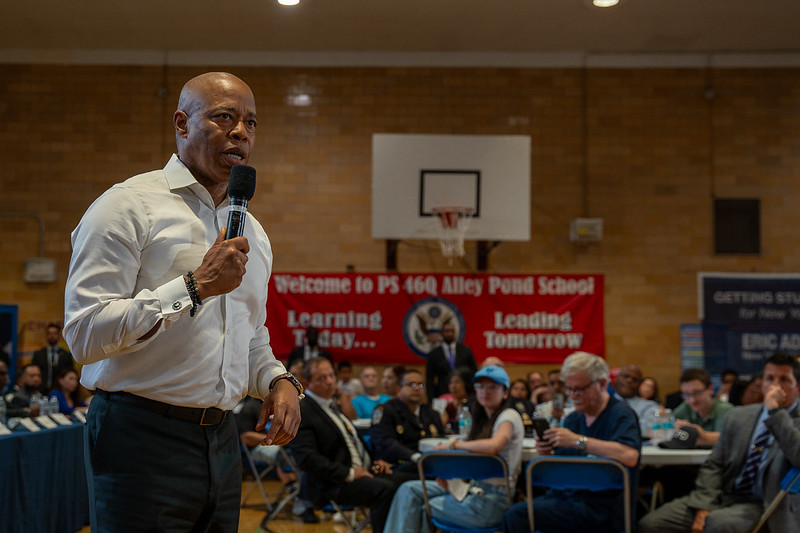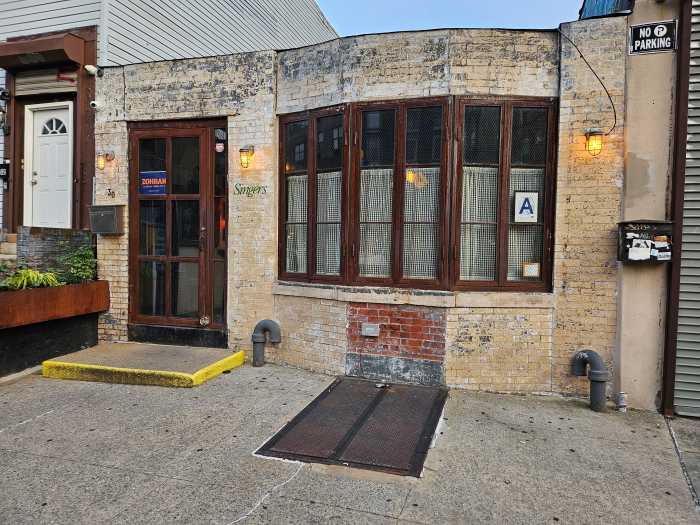Scott Stringer, the new Manhattan borough president, is diving right into community board reform, one of the his main campaign platforms, and shows every intention of really overhauling this institution, which hasn’t seen significant change in 50 years.
Although the 50 members on each of Manhattan’s 12 community boards are unpaid volunteers, they devote hours of their time each month to deal with pressing community issues and attend meetings; their opinions matter, and so do those of the community residents, local merchants and others who attend the board’s meetings.
However, while the boards do a great job, a hands-off approach to them by the borough president is not constructive and allows problems to creep in. Stringer clearly is bent on bringing much greater oversight. It’s long overdue.
For starters, he’s reaching out, more than his predecessors did, in an effort to get more people interested in applying for board membership.
And he’s assembled a panel of good-government and civic groups that will initially screen all the applications. In effect, Stringer is ceding power by doing this. Yet, he feels this process will produce more qualified board members. We agree.
Encouragingly, he’s vowed to make all new appointments and reappointments on time — by April 1. He’s promised to promptly fill board vacancies and not add new members to boards to pack them before chairperson elections, for example.
A major innovation of Stringer’s is to have every board chairperson and chairpersons of significant committees fill out the so-called short conflicts-of-interest form. It’s much better to get conflicts of interest out in the open and deal with them before the fact, than to have to deal with them once they’ve become a problem.
Stringer seems to have already revitalized the borough presidency, and his proactive, smart, conscientious tack on the boards is a breath of fresh air indeed.
Second-campus resolution is gaining more momentum
Community Board 2 last week passed a resolution calling on New York University to work with the city to locate one or more secondary campuses, so the university’s burgeoning growth won’t all have to be absorbed by the Village. We salute C.B. 2 for supporting the resolution, since we feel it’s time for the community to work with N.Y.U. to help it limit its growth here.
There are, of course, other things the city can do, such as reforming the community facilities zoning allowance or limiting the number of rooms a dorm could have.
The ball’s now rolling. Let’s see if City Planning and City Hall and N.Y.U. can now come up with some ideas on how to allow this largest of U.S. private universities to expand in appropriate areas of the city — rather than in the historic, fragile and low-scale Village.





































